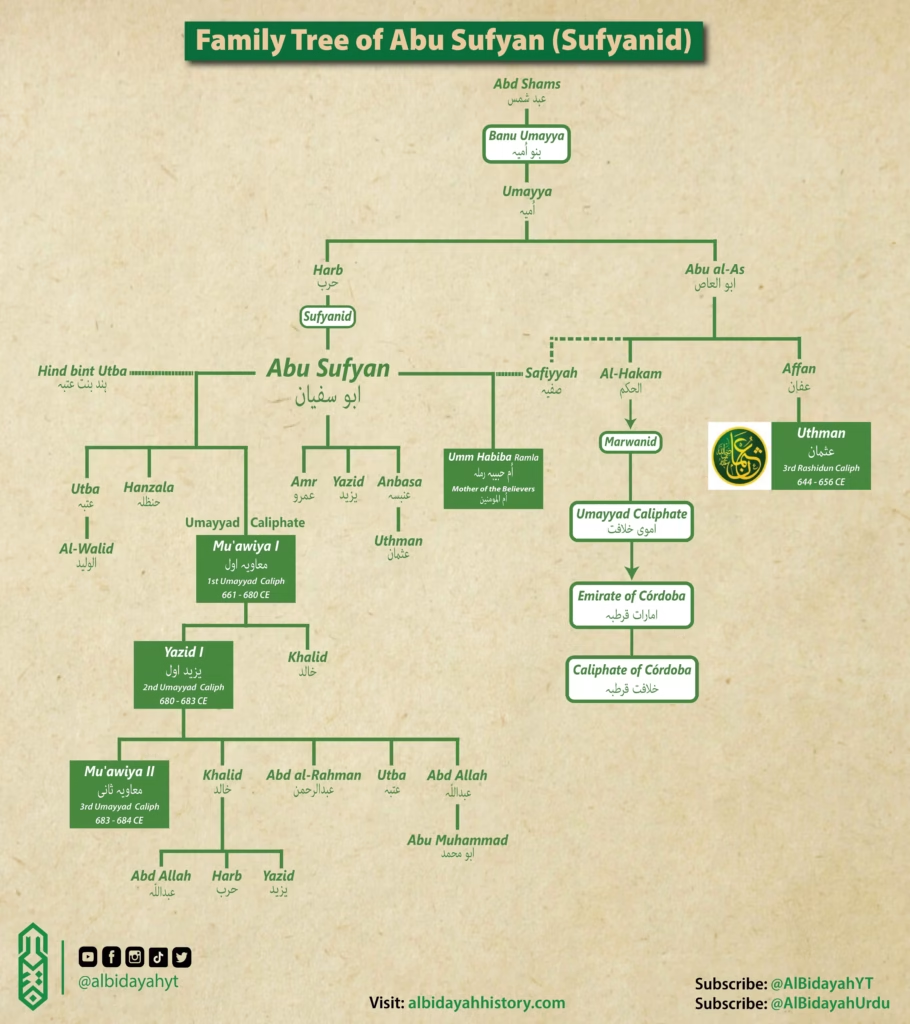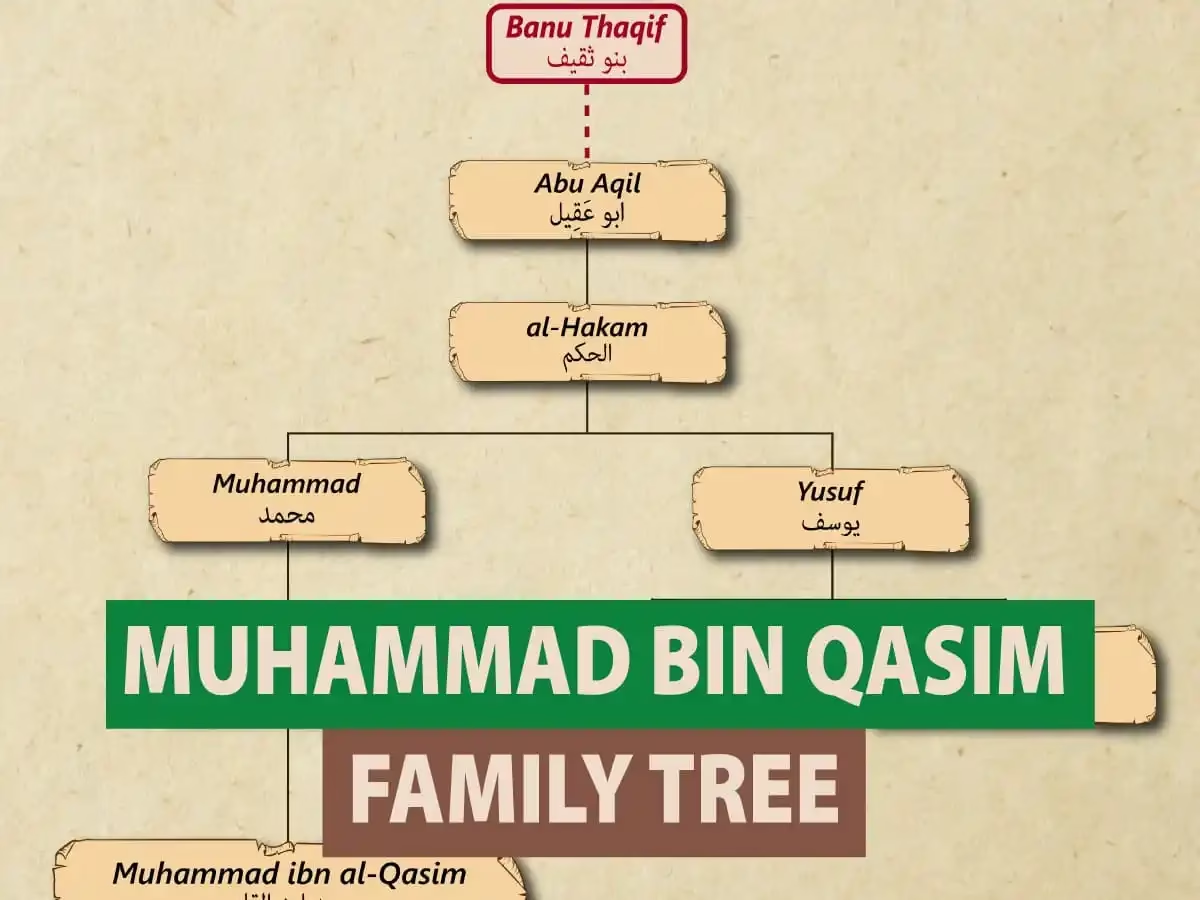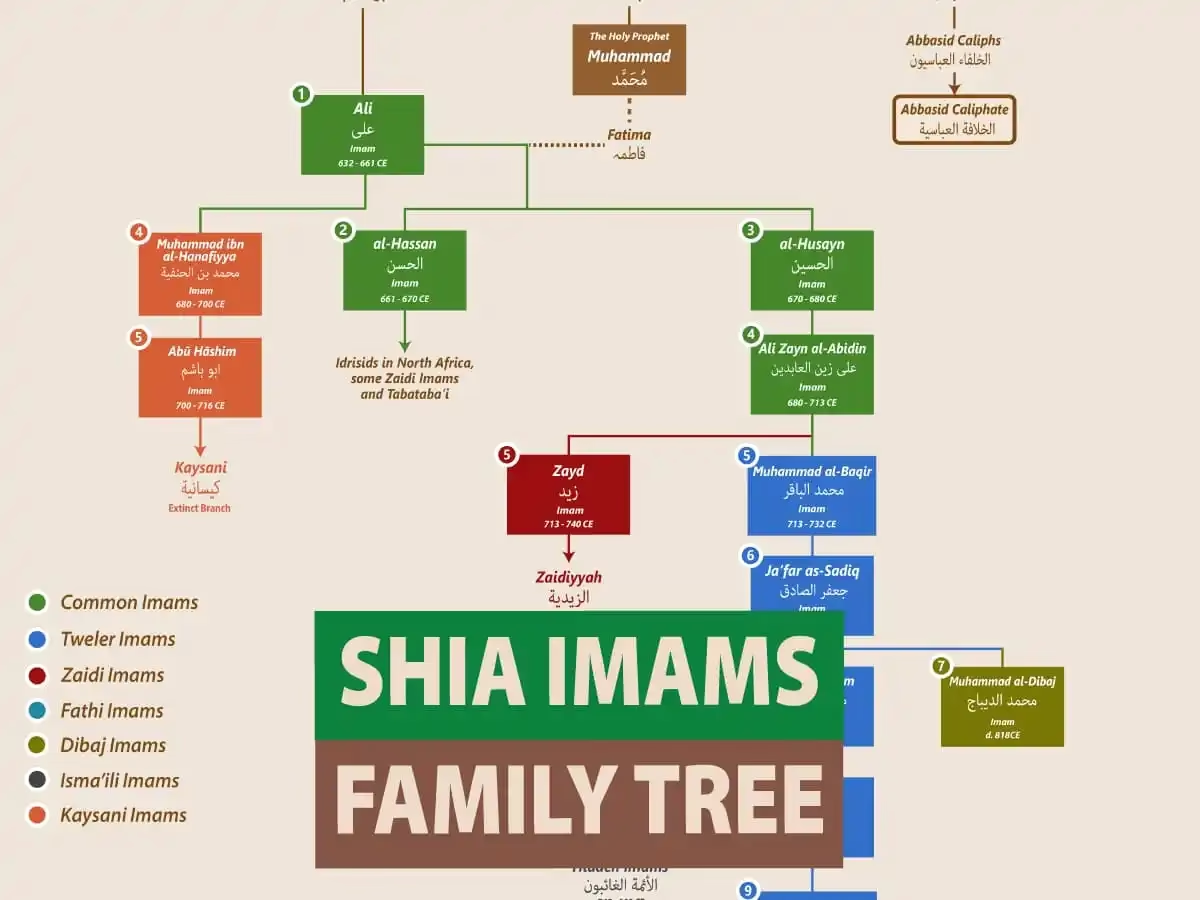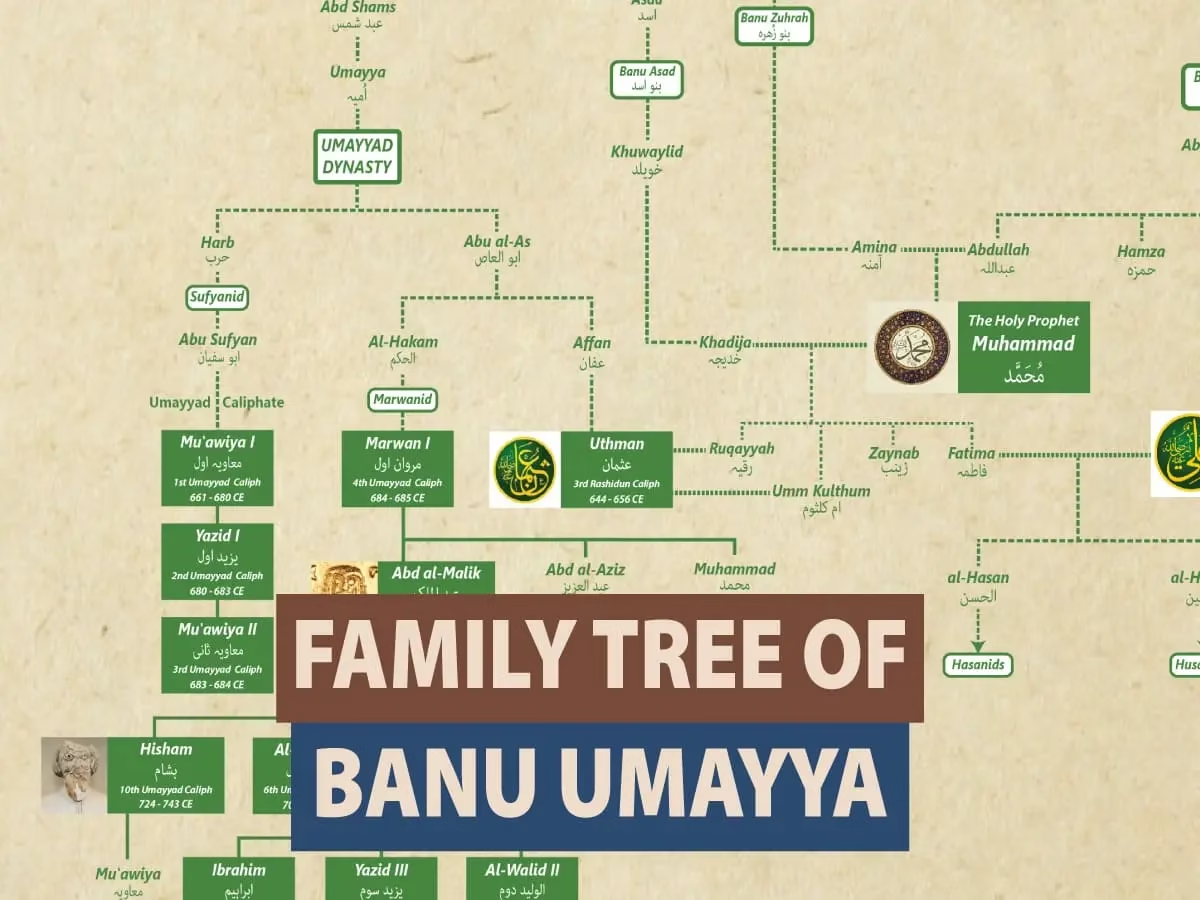Abu Sufyan ibn Harb Family Tree (Sufyanids) in English & Urdu showcases a vital branch of Banu Umayya that shaped Islamic history and left a lasting Córdoba legacy.

The Founding Ancestors
- Abd Shams: The patriarch of the Banu Umayya, Abd Shams established one of the most influential clans of the Quraysh tribe. His descendants branched into powerful families, including the Sufyanids and Marwanids.
- Umayya: From Abd Shams descends Umayya, whose lineage gave birth to two prominent branches: the Sufyanids (descendants of Harb and Abu Sufyan) and the Marwanids (descendants of Abu al-As and Marwan).
Harb ibn Umayya and Abu Sufyan ibn Harb
- Harb ibn Umayya: Harb, a notable figure of the Quraysh, was the father of Abu Sufyan. He upheld the clan’s pre-Islamic leadership traditions, preparing his son for a prominent role in Meccan politics.
- Abu Sufyan ibn Harb: As the central figure, Abu Sufyan ibn Harb was initially a staunch opponent of Islam but later converted after the conquest of Mecca. He became a respected companion of the Prophet Muhammad (PBUH) and laid the foundation for his descendants’ rise to power.
Abu Sufyan ibn Harb’s Children
Abu Sufyan had several children:
- Utba ibn Abu Sufyan:
- A son of Abu Sufyan, Utba is known for his role as a companion and supporter of the Umayyad Caliphate.
- Hanzala ibn Abu Sufyan:
- Another son of Abu Sufyan, Hanzala, while lesser-known, contributed to the growing influence of the family during the Umayyad period.
- Amr ibn Abu Sufyan:
- Amr played a supporting role in the political activities of the family, though he is not as prominent as his brothers.
- Yazid ibn Abu Sufyan:
- Yazid was a distinguished general and one of the key leaders in the early Muslim conquests under Caliph Abu Bakr and Umar. His military leadership laid the groundwork for the family’s dominance.
- Mu’awiya I ibn Abu Sufyan:
- The most prominent of Abu Sufyan’s children, Mu’awiya I became the first Umayyad Caliph (661–680 CE). He established the dynasty and moved the capital to Damascus, marking the start of a centralized Islamic empire.
- Anbasa ibn Abu Sufyan:
- A less well-known son of Abu Sufyan, Anbasa contributed to the family’s influence but did not play a central role in the political sphere.
- Umm Habiba (Ramla bint Abu Sufyan):
- A wife of the Prophet Muhammad (PBUH), she is revered as one of the Mothers of the Believers. Her marriage strengthened ties between the Banu Umayya and the nascent Islamic state.
See Also: Banu Umayya (Umayyad Dynasty) Family Tree: Quraysh to Marwan II
Descendants of Abu Sufyan ibn Harb:
- Yazid I or Yazid ibn Mu’awiya (680–683 CE): As Mu’awiya I’s successor, Yazid I is a polarizing figure in Islamic history. His rule saw the tragic events of Karbala, where Imam Hussain and his companions were martyred.
- Mu’awiya II or Mu’awiya ibn Yazid (683–684 CE): Yazid I’s son, who briefly ruled as the third Sufyanid Caliph before the decline of this branch of the Umayyad dynasty.
- Khalid ibn Yazid: A son of Yazid I, Khalid is remembered for his contributions to the early sciences, including alchemy and medicine, rather than politics.
Key Connections Within the Family
The family tree also highlights connections between Abu Sufyan’s descendants and the Marwanid branch of the Umayyads, notably:
- Uthman ibn Affan: The third Rashidun Caliph, Uthman ibn Affan, belongs to the Marwanid branch of the Banu Umayya and is connected to Abu Sufyan’s lineage. His contributions to the compilation of the Qur’an and administrative reforms left a lasting impact on the Islamic state.
- Marwan I: Marwan I, a descendant of Abu al-As, succeeded the Sufyanids and established the Marwanid branch of the Umayyad dynasty.
Expansion and Legacy
The influence of the Umayyad family extended beyond the Arabian Peninsula:
- Caliphate of Córdoba: Following the decline of the Umayyad dynasty in Damascus, members of the family established the Emirate of Córdoba in Spain, later transforming it into the Caliphate of Córdoba. This marked the continuation of Umayyad rule in the western Islamic world.
Sufyanid Caliphate’s Decline
The Sufyanid branch of the Umayyads faced challenges from both internal and external forces, leading to its eventual decline. The Marwanid branch succeeded them and continued the Umayyad dynasty’s legacy, albeit with different leadership dynamics.
See Also: Banu Hashim Family Tree
Legacy and Historical Significance
The family tree of Abu Sufyan is a testament to the political and social influence of the Sufyanids and their broader clan, the Banu Umayya. While the Sufyanid branch declined after Mu’awiya II, their contributions to early Islamic history—particularly the consolidation of the Umayyad Caliphate—left an indelible mark. The lineage’s legacy endured through the Marwanid branch and the establishment of the Umayyad rule in Al-Andalus.
This family tree is not just a genealogical record; it is a map of Islamic history, connecting leaders, warriors, scholars, and visionaries who shaped a transformative era.



